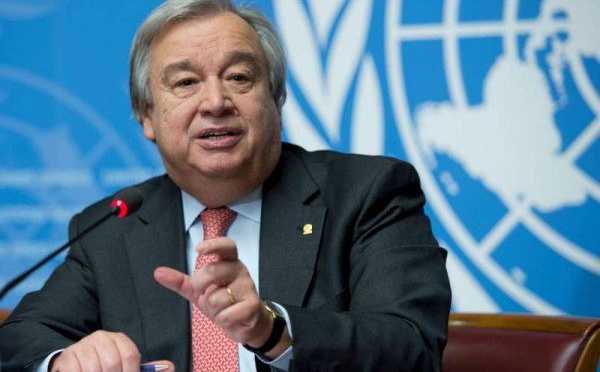Kan was to attend a government-sponsored forum in the port town of Kamaishi on ways to improve survivors' lives, said his spokesman, who apologised for the fact that many people were still enduring harsh conditions.
Frustration has run high in Japan as the Fukushima nuclear crisis shows no sign of ending and nearly 100,000 evacuees remain holed up in more than 2,400 crowded shelters, many of them jobless and worried about their future.
Rebuilding the muddy wastelands of the northeastern Tohoku region -- an area now covered in 25 million tons of rubble -- will take up to a decade and cost hundreds of billions of dollars, say experts.
The death toll from the quake -- Japan's biggest on record and the world's fourth largest tectonic event since 1900 -- has topped 23,000, including more than 8,000 people still officially listed as missing by national police.
Radiation is still leaking from the tsunami-hit Fukushima Daiichi plant, surrounded by a 20-kilometre (12-mile) no-go zone, which emergency crew hope to bring into stable "cold shutdown" between October and January.
Environmental and anti-nuclear group Greenpeace called on Japan this week to evacuate children and pregnant women from Fukushima town, about 60 kilometres from the stricken plant, because of what it said was high radiation.
Since the disaster, Japan has raised the legal exposure limit for people, including children, from one to 20 millisieverts per year -- matching the safety standard for nuclear industry workers in many countries.
Greenpeace is among organisers of an anti-nuclear rally scheduled for Tokyo Saturday, where demonstrators were due to observe a minute's silence at 2:46 pm (0546 GMT), the moment the quake struck below the Pacific seafloor.
Aside from their "Energy Shift Parade" in Tokyo, more anti-nuclear rallies were planned nationwide, including in the western cities of Osaka and Hiroshima, which was devastated by a US atomic bomb in 1945.
Protesters also planned a Tokyo demonstration against embattled nuclear plant operator the Tokyo Electric Power Company (TEPCO), once the world's biggest utility, whose share price has plunged more than 90 percent.
In the wake of the disaster, Kan has said resource-poor Japan will review its energy policy, including its plans for more nuclear reactors, while making solar and other alternative energies new pillars of its energy mix.
-----------------------------------------------------------------------------------
Frustration has run high in Japan as the Fukushima nuclear crisis shows no sign of ending and nearly 100,000 evacuees remain holed up in more than 2,400 crowded shelters, many of them jobless and worried about their future.
Rebuilding the muddy wastelands of the northeastern Tohoku region -- an area now covered in 25 million tons of rubble -- will take up to a decade and cost hundreds of billions of dollars, say experts.
The death toll from the quake -- Japan's biggest on record and the world's fourth largest tectonic event since 1900 -- has topped 23,000, including more than 8,000 people still officially listed as missing by national police.
Radiation is still leaking from the tsunami-hit Fukushima Daiichi plant, surrounded by a 20-kilometre (12-mile) no-go zone, which emergency crew hope to bring into stable "cold shutdown" between October and January.
Environmental and anti-nuclear group Greenpeace called on Japan this week to evacuate children and pregnant women from Fukushima town, about 60 kilometres from the stricken plant, because of what it said was high radiation.
Since the disaster, Japan has raised the legal exposure limit for people, including children, from one to 20 millisieverts per year -- matching the safety standard for nuclear industry workers in many countries.
Greenpeace is among organisers of an anti-nuclear rally scheduled for Tokyo Saturday, where demonstrators were due to observe a minute's silence at 2:46 pm (0546 GMT), the moment the quake struck below the Pacific seafloor.
Aside from their "Energy Shift Parade" in Tokyo, more anti-nuclear rallies were planned nationwide, including in the western cities of Osaka and Hiroshima, which was devastated by a US atomic bomb in 1945.
Protesters also planned a Tokyo demonstration against embattled nuclear plant operator the Tokyo Electric Power Company (TEPCO), once the world's biggest utility, whose share price has plunged more than 90 percent.
In the wake of the disaster, Kan has said resource-poor Japan will review its energy policy, including its plans for more nuclear reactors, while making solar and other alternative energies new pillars of its energy mix.
-----------------------------------------------------------------------------------









 Home
Home Politics
Politics








